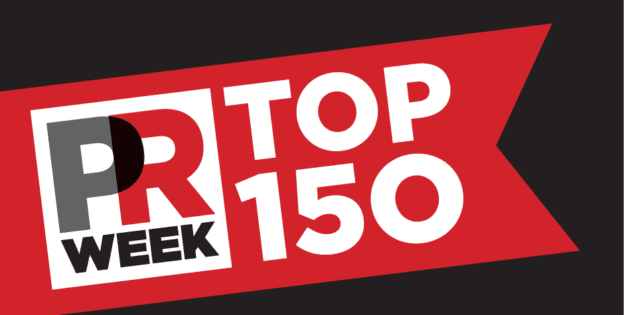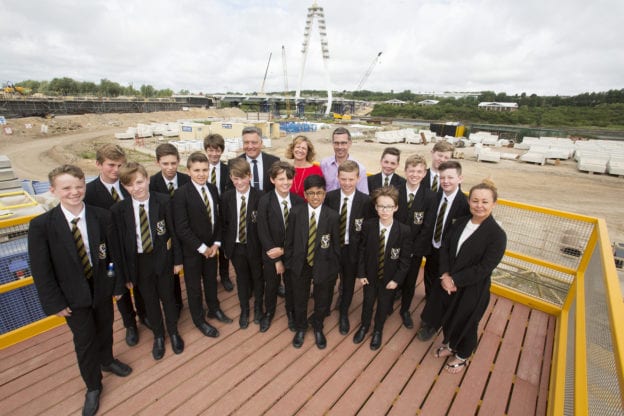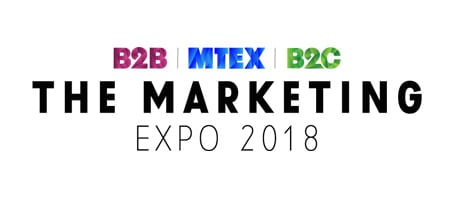Last week was quite a week for team DTW, and a career highlight for me, personally.
After three amazing years of working with Sunderland City Council and contractor Farrans Victor Buyck Joint Venture on the city’s new impressive cable stayed bridge, Northern Spire finally opened to traffic.
Our role throughout had been to use our knowledge and experience in working with large infrastructure projects to provide support around community engagement, media and public relations, education, social media and video production. It was an enormous task, but one we did with gusto – embedding ourselves with the on-site team, sometimes working extremely long hours, providing education sessions to more than 2,000 children, and even travelling overseas to capture key moments in the project.
Construction being what it is, since work began in May 2015, the whole project team has been striving towards reaching the end, and when the final opening came last week – first to pedestrians on Tuesday and then to vehicles on Wednesday – it was everything, and more, we had hoped for.
It is estimated that a staggering 20,000 people came out to take a stroll across the bridge deck during the pedestrian walk-over. We had children cartwheeling under the pylon, countless selfie-takers, a busker playing guitar and cycling and running clubs trying us out for the first time. We even had a naked cyclist. The weather was warm, the atmosphere holiday-like, and the whole experience quite magical. You could see hardened members of the engineering and construction team, who have worked all over the world, become visibly moved and humbled by the response from the community.
Throughout the two days, a large contingent of print and broadcast media were also based on site, with Northern Spire dominating every North East news broadcast on TV, radio and in newspapers. All in all, it was an incredible, rewarding and exciting week, albeit long and tiring, but something that the DTW team will cherish.
I can’t lie, from a PR and video perspective, Northern Spire has been a dream project to work on, with so many captivating, awe-inspiring, moments to capture along the way. Add in Sunderland City Council’s desire to engage, educate and excite the community, and we were given countless opportunities to showcase what we do best.
DTW feels incredibly proud and privileged to have been part of the Northern Spire team. We have worked with so many talented and experienced engineers from across the world, who, thankfully for us, recognised the importance of great communication and went out of their way to help. Whilst the DTW team have topped up our knowledge on bridge building and construction, both with Northern Spire and the Mersey Gateway Bridge, which opened in Cheshire last year, hopefully some seasoned engineers have also learned much about PR and communications, too.
Now, it’s onwards and upwards for team DTW. Here’s to our next big infrastructure challenge!
Karen Westcott,
Senior Strategist, PR, Engagement & Public Affairs



 We’re proud to say we have picked up two PRCA DARE awards – one for our work on the Northern Spire project with Sunderland City Council, which was awarded Best Public Sector Campaign, whilst work on projects like Mersey Gateway and others in the infrastructure sector was critical in helping us secure the Best Large Consultancy award.
We’re proud to say we have picked up two PRCA DARE awards – one for our work on the Northern Spire project with Sunderland City Council, which was awarded Best Public Sector Campaign, whilst work on projects like Mersey Gateway and others in the infrastructure sector was critical in helping us secure the Best Large Consultancy award. If you want to know more about our approach we’ve blogged about it enough times from the
If you want to know more about our approach we’ve blogged about it enough times from the 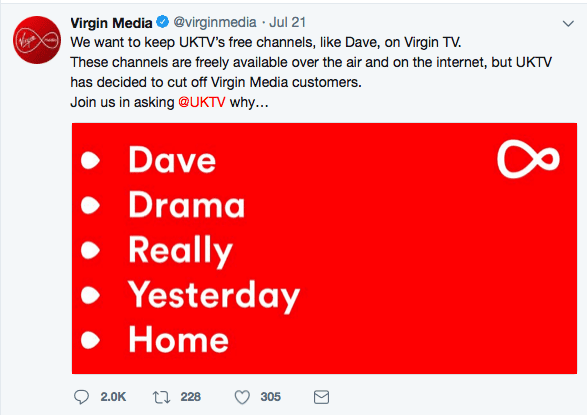
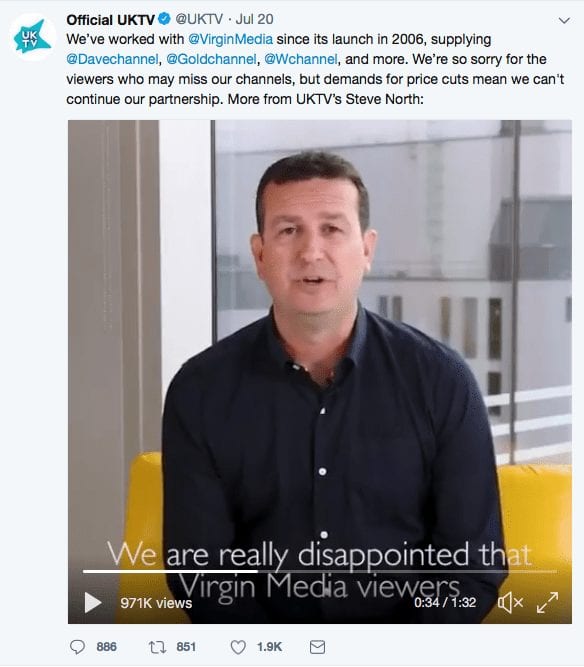

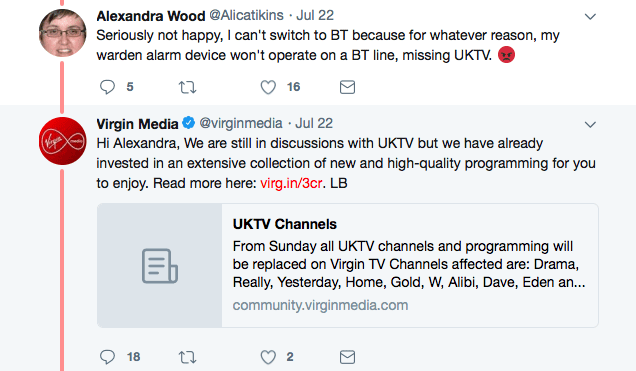

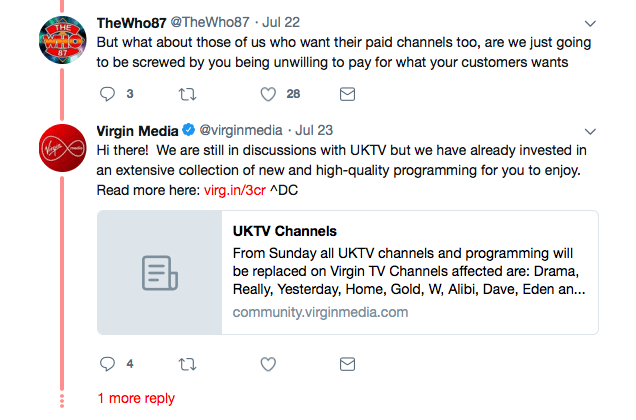

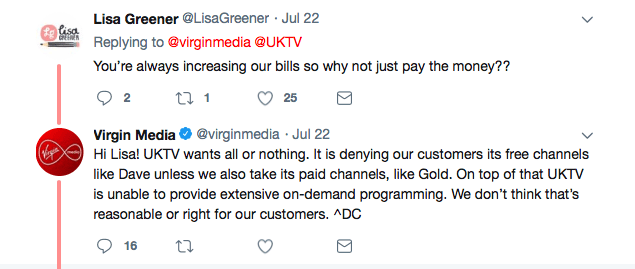
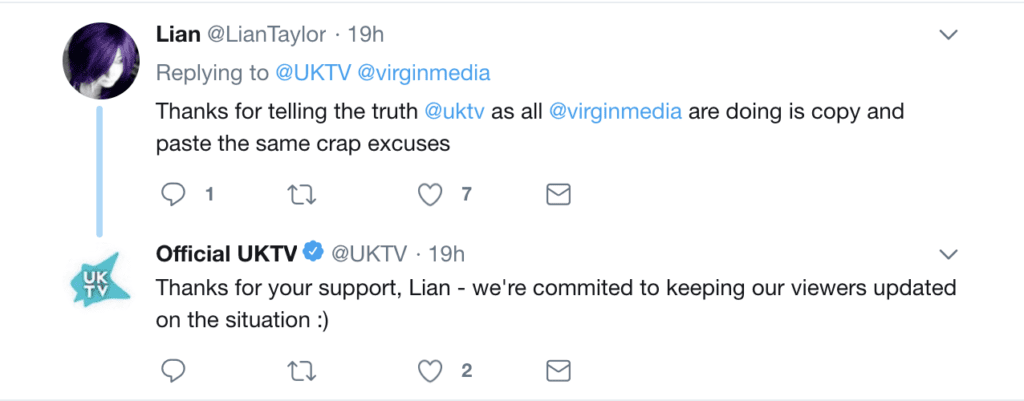
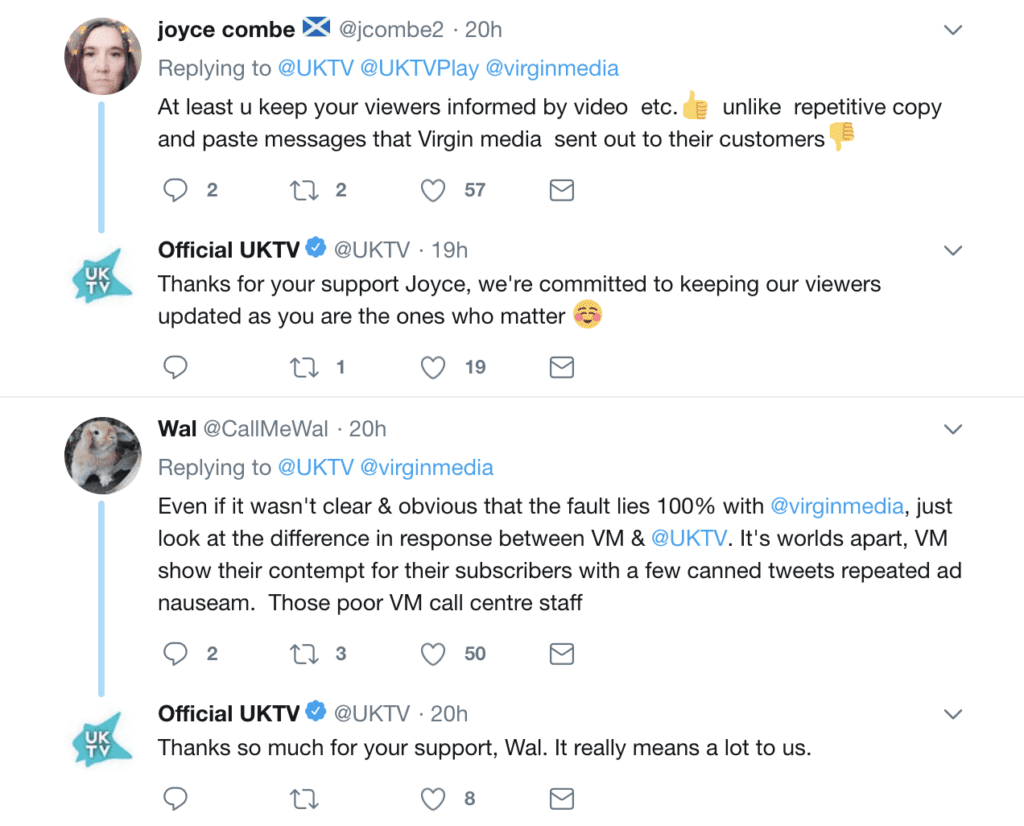

 Learning
Learning
 And while I’m talking all things Northern conference – a big thanks to all the volunteers in the CIPR North East committee who have organised such a great looking event.
And while I’m talking all things Northern conference – a big thanks to all the volunteers in the CIPR North East committee who have organised such a great looking event.
